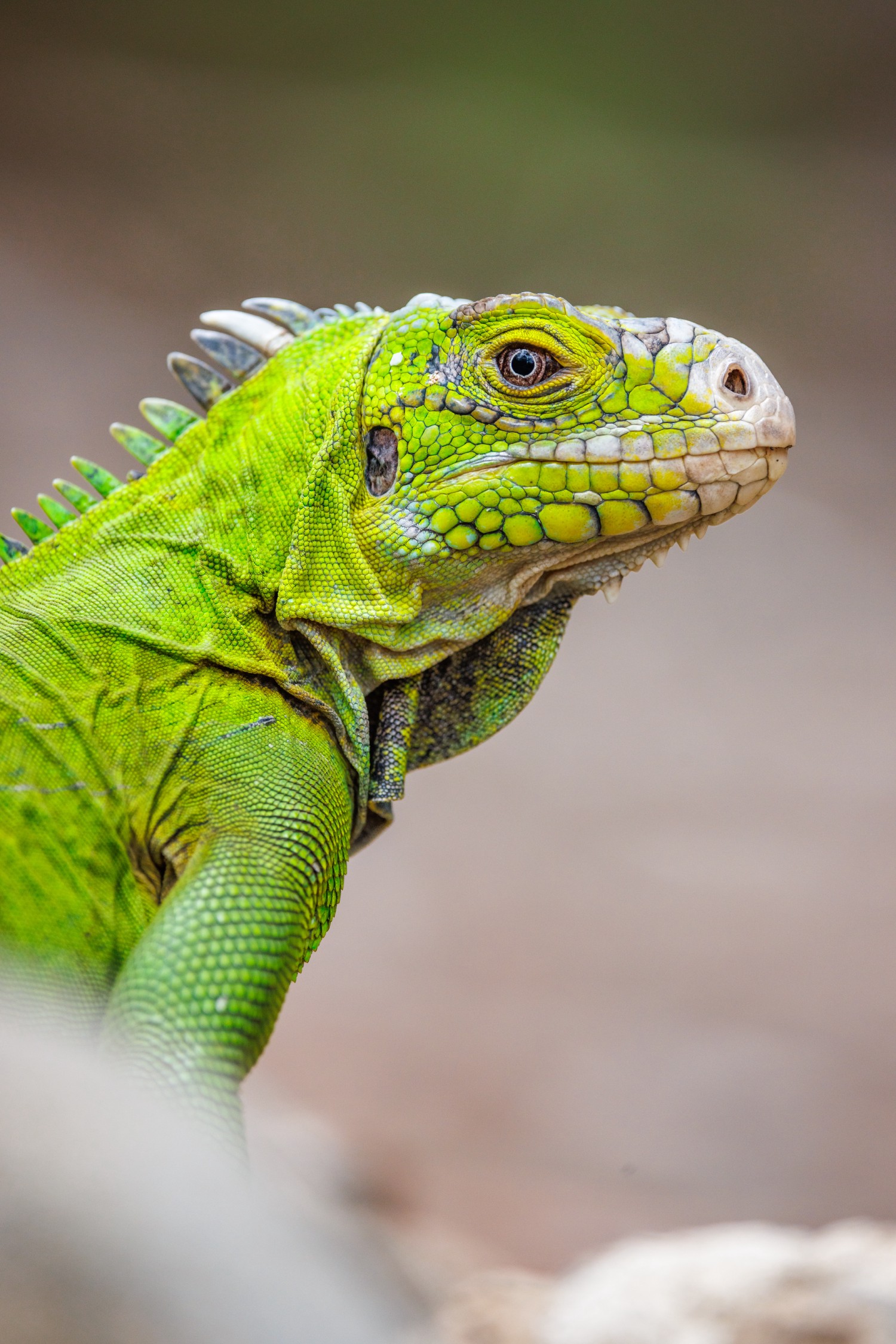Before you go any further...
I've read and accept the Terms of Use and the Privacy Policy.
I accept to receive newsletter and other communications associated with firms of The Explorers Network group'
I accept to receive commercial offers of The Explorers Network partners'.
Thanks!
Vote everyday for your favorite content
SENSITIVE CONTENT
This media contains sensitive content which some people may find disturbing or offensive.
You must be 15 years of age or older to view sensitive content.
Log inBirthday
Content being validated
THE EXPLORERS +
Watch our premium movies
The Explorers + is our premium movie catalog in Ultra High Definition (HD/4K/8K)! Hundreds of videos already available and daily new content on all your devices (web, mobile, tablets, smart TV).
Post content (photo or video) and get 1-month free
OR
Subscribe and support The Explorers Foundation's field actions for biodiversity.

Content being validated
An iguana with highly developed senses
1
0
In terms of senses, the Lesser Antillean iguana (Iguana delicatissima) has excellent daytime vision and a highly developed taste - thanks to the multiple taste buds of its tongue - but poor hearing compensated by its sensitivity to vibrations. Its double-cone cells allow it good color vision up to ultraviolet, an ability particularly useful to absorb enough UVA and UVB to produce vitamin D3 in sunlight. It can also distinguish shapes and movements over long distances. The reptile's vomeronasal organ, or Jacobson's organ, which it feeds by repeatedly deploying its tongue, allows it to analyze the molecules present in its environment more precisely than by its sense of smell. Its nasal orifice is common to the sense of smell and this organ. A photosensitive third eye, called pineal or parietal eye, is located on top of its skull. It enables the iguana to perceive the intensity of light, a decisive factor in the ecology of this poikilothermic reptile capable of varying the color of its skin and its heart rate to maintain its body temperature.
Related content

Médias en cours d’exploration

